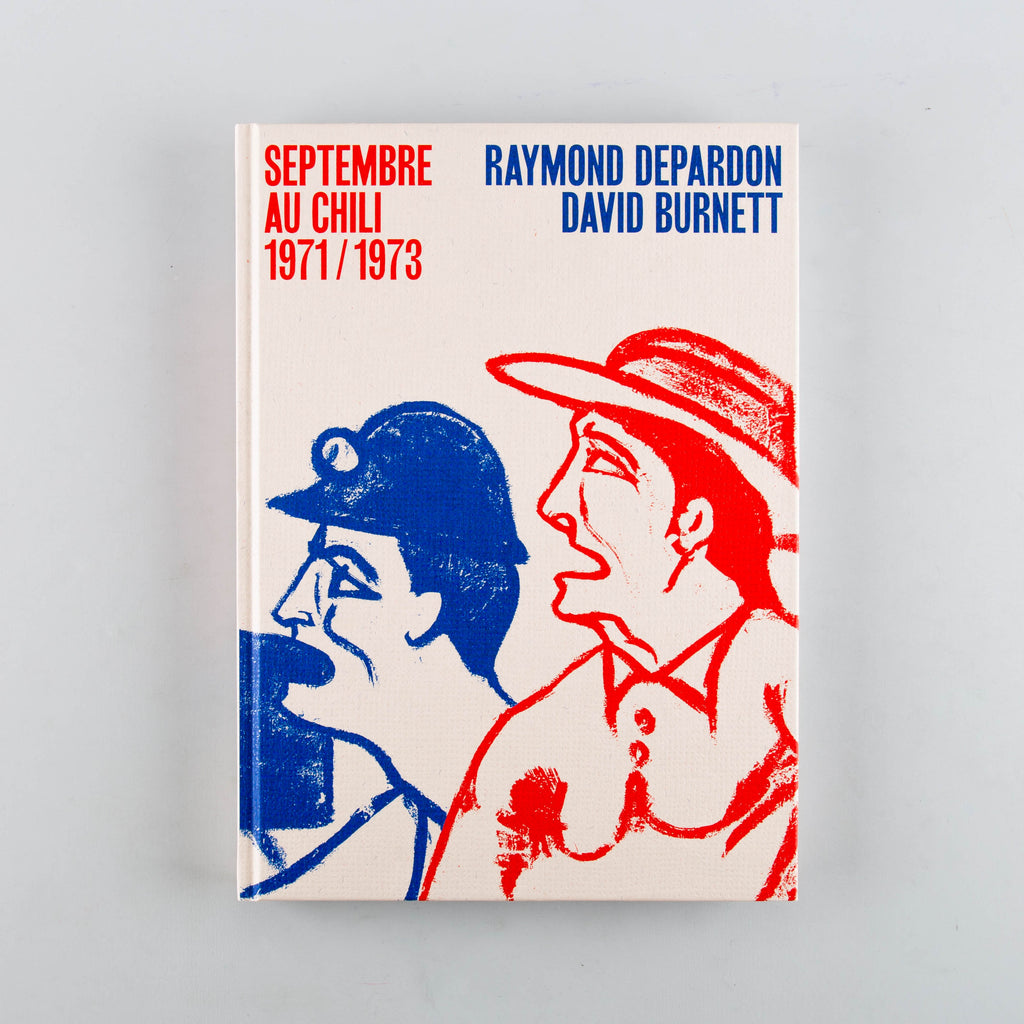Septembre au Chili 1971/1973
Raymond Depardon & David Burnett
£50.00
Two major photographers, two months of September at the polar opposite: this book recounts the events that have shaped Chilean history as seen through the lenses of two leading figures in photojournalism. In September 1971, Raymond Depardon set off for Santiago to capture the effervescence that followed the election of... Read More
Two major photographers, two months of September at the polar opposite: this book recounts the events that have shaped Chilean history as seen through the lenses of two leading figures in photojournalism. In September 1971, Raymond Depardon set off for Santiago to capture the effervescence that followed the election of socialist president Salvador Allende in 1970, before continuing his journey in the south of the country. Two years later, in September 1973, it was David Burnett's turn to arrive in the Chilean capital shortly after General Augusto Pinochet's coup d'etat, photographing the moments of tension and terror that followed. This immersion in the Chile of the 1970s questions what the country has become today, fifty years after the events. At the heart of these two photographic corpus composing the book, we discover the reproduction of the iconic photograph by Leopoldo Vargas, capturing the last image of Salvador Allende alive, leaving La Moneda, the presidential palace, weapon in hand. Several texts by Robert Pledge and Luis Poirot punctuate and contextualize this double visual corpus. They are supplemented by two personal accounts of the time: that of Sonja Martinson Uppman, former secretary at the Swedish embassy in Chile in 1973, who succeeded in protecting and exfiltrating nearly 80 people threatened by the military junta, and that of Alejandra Matus, then a little girl at the time of the coup and the seventeen years of her youth that followed, marked by the dictatorship.








